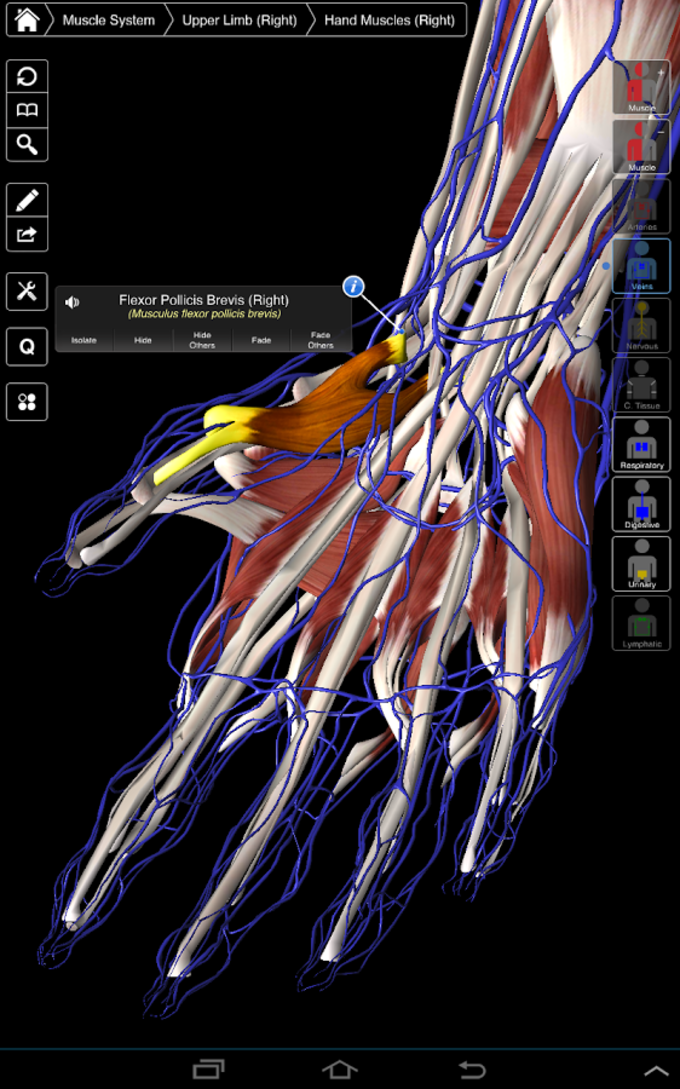
#Imaginefx essential anatomy volume 3 series
That’s where Ron Lemen’s series especially shines. The figure might appear three dimensional, but it also appears stiff, even with a dynamic pose. Making separate shapes is all well and good, but if they’re put together poorly, you kind of get this static feeling. (Undies=easy to see the body.) One of the problems I’ve run into is that it can be difficult to get a good feeling of flow. I’ve used this method in variations for many years, and one of my most successful self-taught drawing projects was redrawing an entire ladies underwear catalog in such shapes, page after page. That comes from the industrial design method. You’ve probably seen some how-tos that say something like: use a circle for the head, use a box for the chest, use a circle for the hips, and so on. The basic approach is to divide the figure into shapes and how those shapes function together.

The first main method is Industrial Design, which is probably to familiar to many artists but which is given a great treatment here.

#Imaginefx essential anatomy volume 3 how to
The How to Draw and Paint Anatomy piece that I’m reviewing includes a couple of methods. There are many ways to go about the inside-to-outside approach, such as taking cadaver classes, studying Bridgeman, working with bones, and studying sculpture. The difference in approach is much like working from the inside (such as the spine) to the outside (skin), rather than from the outside (skin/clothes in a reference photo) to the inside. Which brings me to my ever-reaching, ever-striving attempts to understand and embrace human anatomy in all its variations and forms. Or have a friend in Hollywood with a Peter Pan flying harness and a willing Wuxia actor, I suppose. One must be able to draw from the imagination in order to draw certain scenes. (Yes, a recent drawing problem I wrestled with.) And even if we do have them, it wouldn’t do us much good if we were trying to draw an intersex swordsman in mid leap, decapitating someone with a katana. Most of us, unlike Alphonse, do not have a cadre of wasp-waist women who are willing to sit in such poses. Drafting a work from a reference is an important skill, and I am not knocking that skill! It took me years to be able to do that well, and I’m quite proud of it. Even I could make a pretty nice drawing out of this photo (half the work has already been done, really, what with the pose and the costume and the pre-existing anatomy). Alphonse Mucha, for instance, had a stunning collection of reference photographs, including the Divine Sarah, for his paintings and prints. Plenty of traditional artists use references, either live models (if they’re wealthy or good at bribing friends with baked goods) or photographs. The challenge of comics, in part, is to draw a wide variety of people (including different body types, depending on the comic) in many poses, including action poses, from many angles and foreshortenings. As someone who draws comics for pleasure, I especially enjoy exploring the craft of figure drawing. I love to focus on the form and try (and inevitably fail, because human form is like understanding oceans, ever shifting) to reach understanding.Ĭomics as a medium embraces many aspects of figure drawing, sometimes well and sometimes (stock cape depictions of women, I’m looking at YOU) poorly. The human form comes in so many wonderful variations: shapes and sizes, proportions, movements, gender differences and similarities, muscle types, ages. One of my favorite things in the whole world is figure drawing.

Various artists: Ron Lemen, Marshall Vandruff, Justin Gerard, Warren Louw and more.


 0 kommentar(er)
0 kommentar(er)
